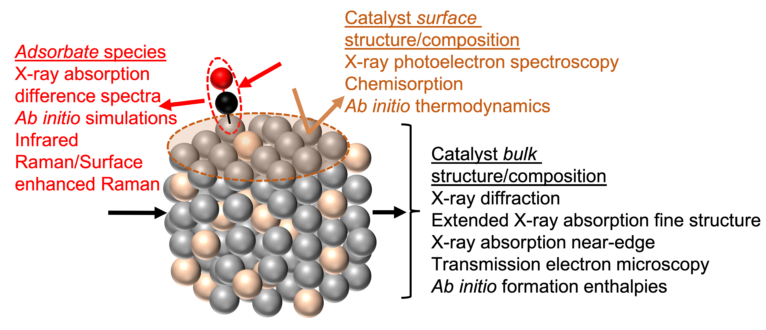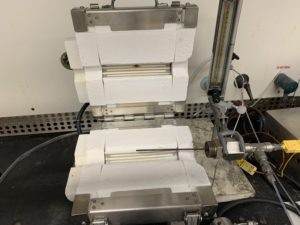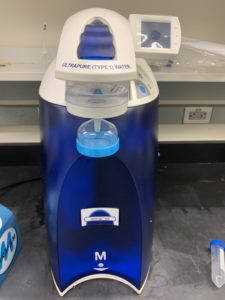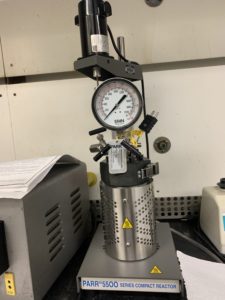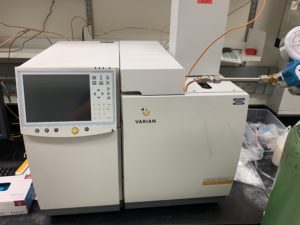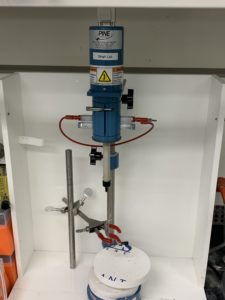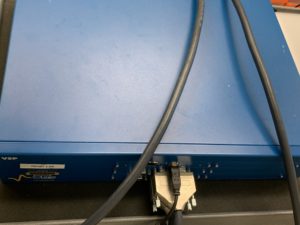The Michigan Catalysis Science and Technology Institute (MiCSTI) has a variety of state-of-the-art equipment for catalyst synthesis, characterization, testing, and modeling.
We characterize adsorbates and catalyst surface and bulk composition and structure using a variety of techniques, schematically shown below:
University of Michigan Shared User Facilities
University of Michigan, Ann Arbor (UM) has several shared capabilities on campus, with expert staff capable of technical training and experimental advice.
- Michigan Center for Materials Characterization (MC)2 houses a broad variety of tools for structural and chemical characterization of materials at the nanoscale. (MC)2 is equipped with microscopy instrumentation including four Transmission Electron Microscopes (TEM, from JEOL), including capabilities for in situ TEM, and four Scanning Electron Microscopes (SEM, from FEI) including three with focus ion beam instruments. Spatially resolved Energy-Dispersive X-ray (EDX) analysis is available on both SEM and TEM microscopes. X-ray Photoelectron Spectroscopy (XPS) is available for surface characterization.
- The Lurie Nanofabrication Facility (LNF) is available for materials synthesis and device fabrication. The LNF is a world-class facility with capabilities for deposition, patterning, etching, cleaning, mechanical processes, thermal processes, and bonding. It houses state-of-the-art equipment for Atomic Layer Deposition (ALD), Chemical Vapor Deposition (CVD), sputtering, a Cooke Thermal evaporator for evaporation, and electroplating. Lithography techniques include optical, e-beam and dip pen lithography.
- Michigan Battery lab can support our project by providing access to X-ray Diffraction (XRD) and chemisorption instruments (Micromeritics).
- Chemistry Raman user facility has a Raman Renishaw spectrometers (532 nm, 633 nm, 785 nm).
- The Chemistry Department NMR Facility is staffed by 2 full-time PhD scientists and will be used for characterizing molecular synthesis targets. Available NMR include a Varian MR400 (PFG AutoX Dual Broadband probe), a Varian MR400 (PFG AutoX Indirect Detection probe), a Varian vnmrs 500 (PFG H/F{X} Triple Resonance AutoX probe), a Varian vnmrs 700 (PFG AutoX Broadband probe and PFG H{C/N} Triple Resonance Autoprobe), a Varian Inova 400 (autoswitchable probe, quad), and a Varian Inova 500 (indirect detection probe and switchable probe; -100 ºC to +150 ºC).
- The University of Michigan has several facilities for constructing complex electrochemical cells for in situ XAS/XES measurements. These include: the LSA Instrument Shop with full time staff for woodwork, metal work, and device construction; the UM Chemistry Department Electronics Shop with full time staff for electronics repair and fabrication; and the UM Chemistry Department Glassblowing Shop with full time staff for glassware repair and custom fabrication.
Singh Lab: University of Michigan, Ann Arbor MI
The Singh Lab occupies a 500-square foot space at the UM North Campus Research Complex. The space contains 10 fume hoods and working bench space for up to 12 PhD students or postdocs as well as necessary gases.
More equipment details and images are forthcoming.

